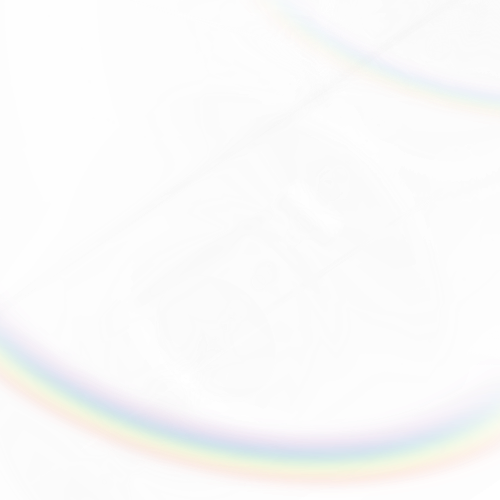How to Decorate with Flowers: Stunning Floral Design Ideas for Your Home

Every February, roses take center stage as Valentine’s Day rolls around. According to the Society of American Florists, more than 250 million roses were produced to mark the occasion in 2019. And although they add color to your interiors and look beautiful in a vase, we hope this isn’t the only occasion flowers find a way into your home.
Besides being a versatile decorating item, flowers and other natural elements can yield greater benefits for your mental and physical health. Biophilic design, based on our tendency to seek natural environments for calmness and relaxation, has proven that bringing the outdoors to indoor spaces can improve our creativity and productivity.
They are also easy to access, as you can get a moderately priced bouquet at your local grocery store or florist. And they represent an eco-friendly alternative to buying trendier items that might soon go out of style and into the landfill. Floral arrangements are always in vogue, and there are so many varieties and ways to style them that you certainly won’t get bored. Take the first steps with this quick guide to decorating with flowers.
What Kind of Flowers Should You Use

This age-old question depends on many factors: Where you live, the season, your personal taste, and how much time you want to dedicate to them. Some of the most popular cut flowers include daisies, peonies, hydrangeas, sunflowers, and tulips. However, be mindful, for example, that peonies have a short blooming period, and they start dying down during the fall. On the other hand, daisies last longer. So do your research before deciding.
Another factor to consider is the fillers you want to use. Most bouquets already come with some greenery to accompany the protagonist flower, but it’s fun to take a chance and make your own creation. You’ll need to buy the blooms of your choice and then see how they pair up with foliage such as baby’s breath, eucalyptus, myrtle, ivy, or lemon leaf. Let your creativity run free!
Some Ideas to Display Them

One of the best things about flowers is that they work well in any room, and there are many different ways to display them. The most common is to place the bouquet in a vase or a pitcher, but you can also use just the blooms and put them in a container filled with water to create a floating arrangement. A third way would be to cut the stems short and take smaller vessels, like mason jars or glassware, and elaborate little floral creations to put around the house.
If cut flowers seem like too much upkeep, an alternative way to implement them is through blooming plants. Peace lilies, bromeliads, anthuriums, or orchids are fantastic options because they are more prominent, last much longer, and add a touch of greenery that feels refreshing and natural. They also offer the possibility of caring for something living, which brings joy to many people.
Options Besides Fresh Flowers

Suppose you are still feeling a little intimidated by the thought of having to commit to buying flowers and changing the vases every so often. In that case, there are other options to start getting acquainted with the dynamics of caring for a plant. Succulents, for example, are a nice-looking, low-maintenance addition to any home, as are some other forms of greenery.
If you’re seeking alternatives, you can always opt for a beautiful arrangement of dried or faux flowers. Maybe with time, you’ll get accustomed to their presence and decide to hop in on the fresh flower trend.
Bring the beauty of flowers into your home with ease! The DecorMatters app lets you visualize floral arrangements, experiment with colors, and design effortlessly. Elevate your space with natural elegance—download DecorMatters today!
UP NEXT: The Power of Plants in Home Decor: How to Decorate With Plants
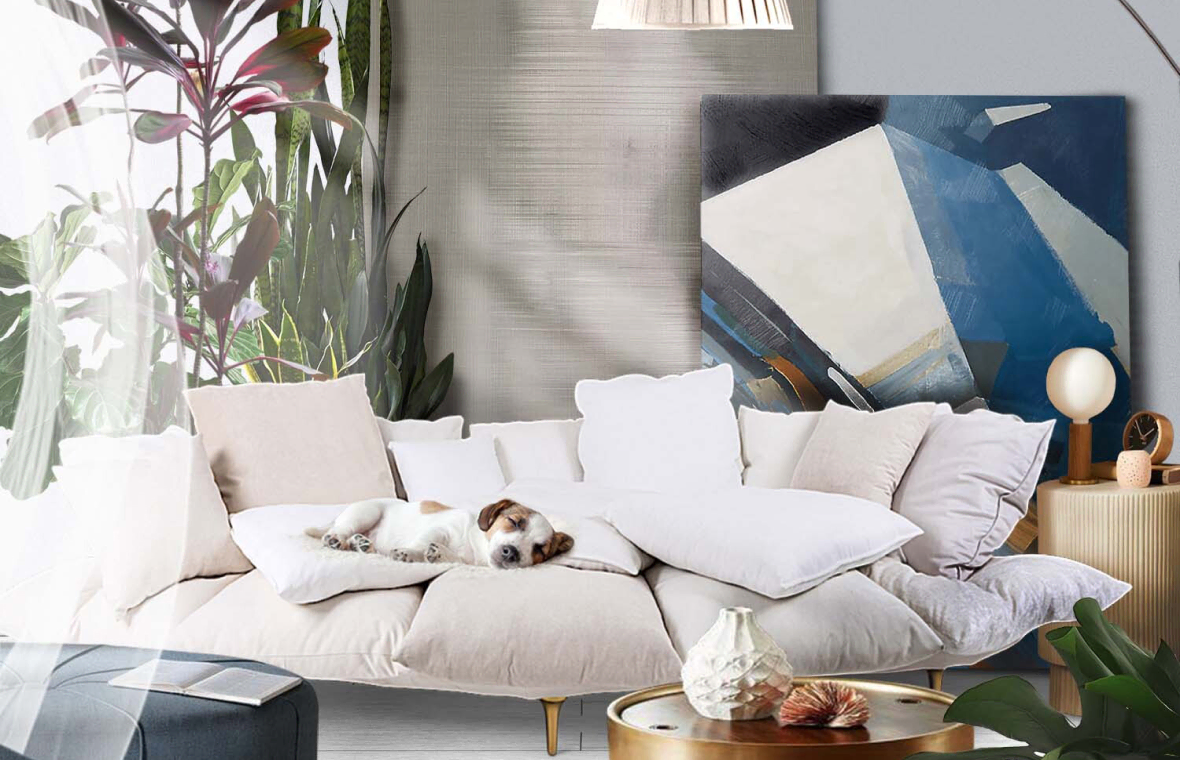
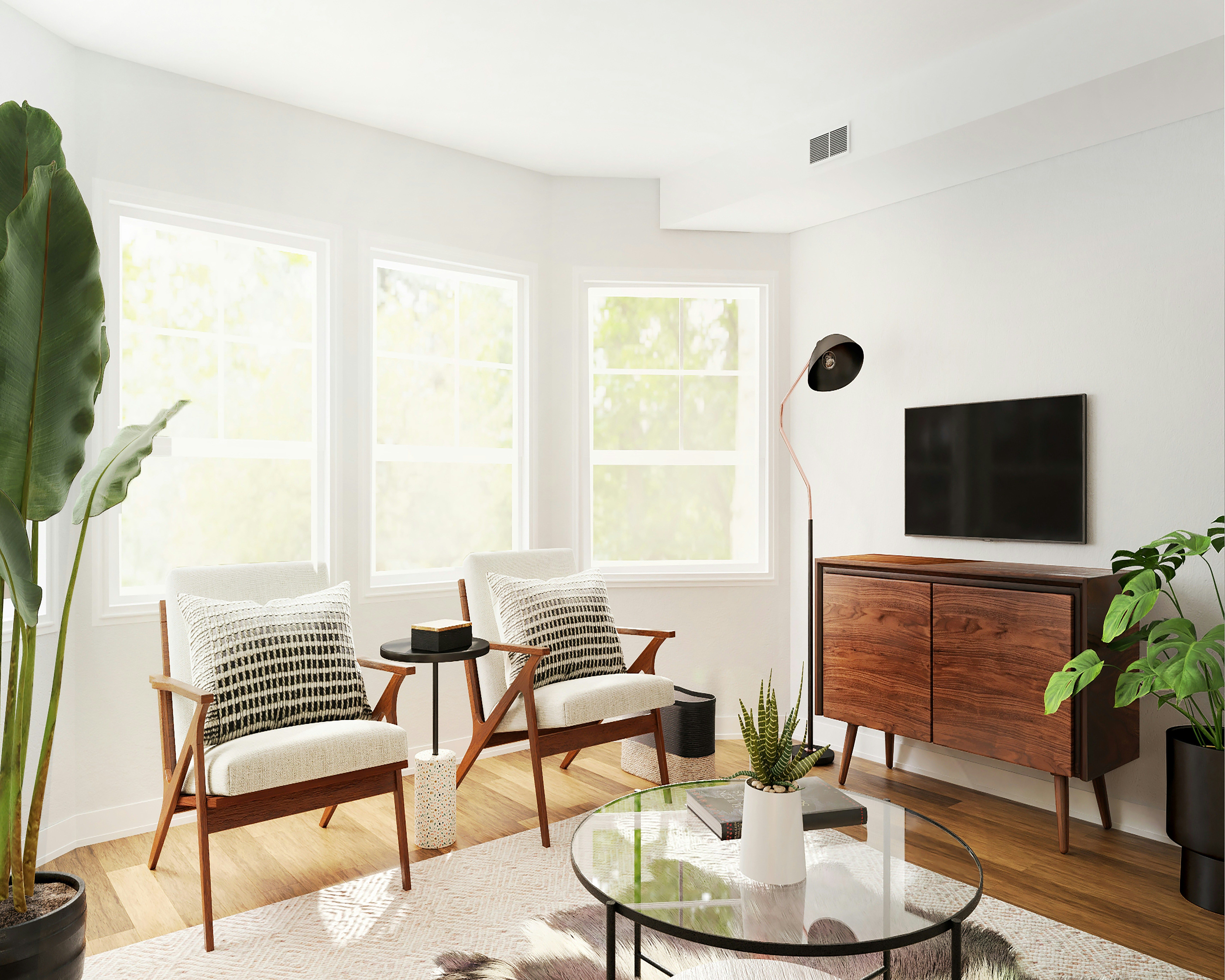
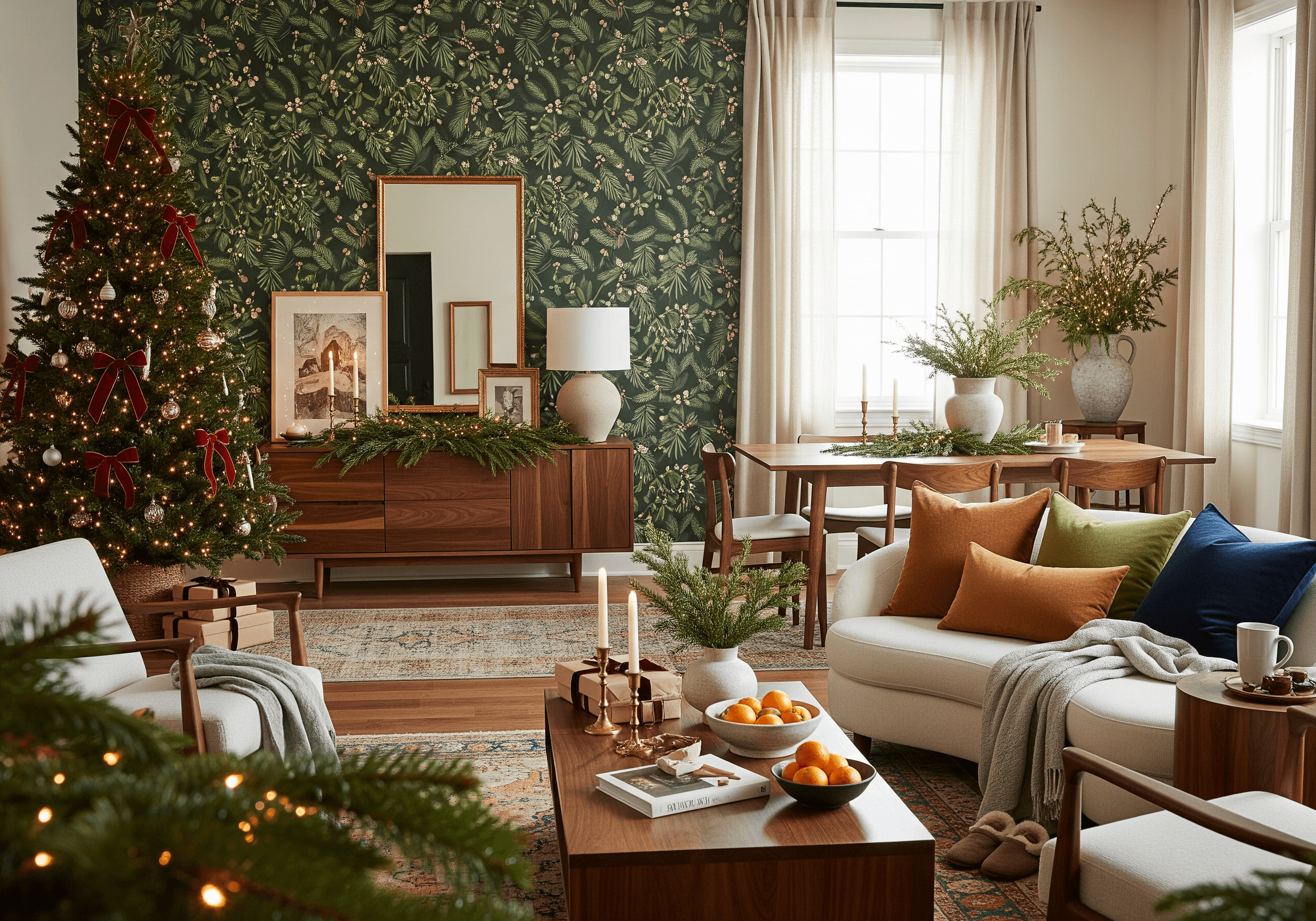
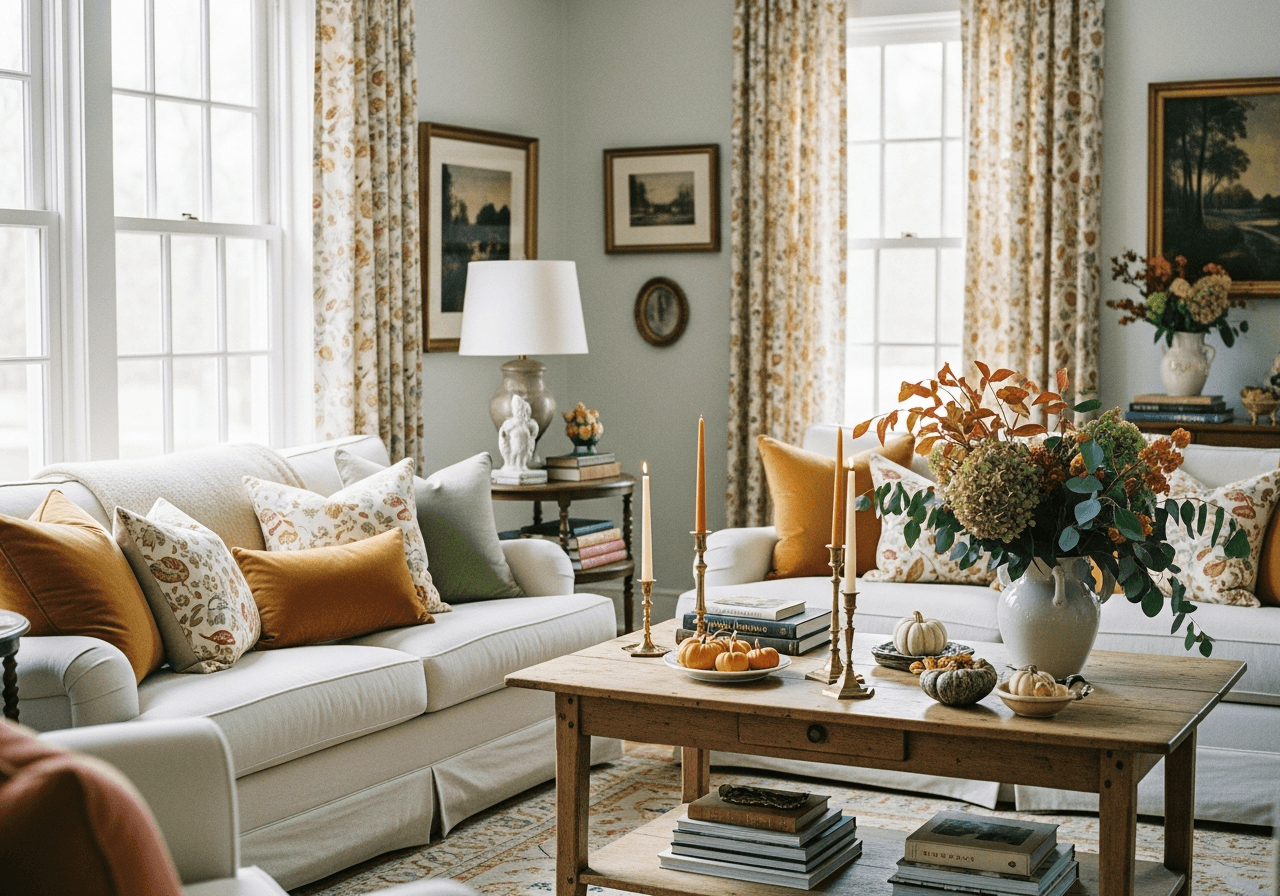
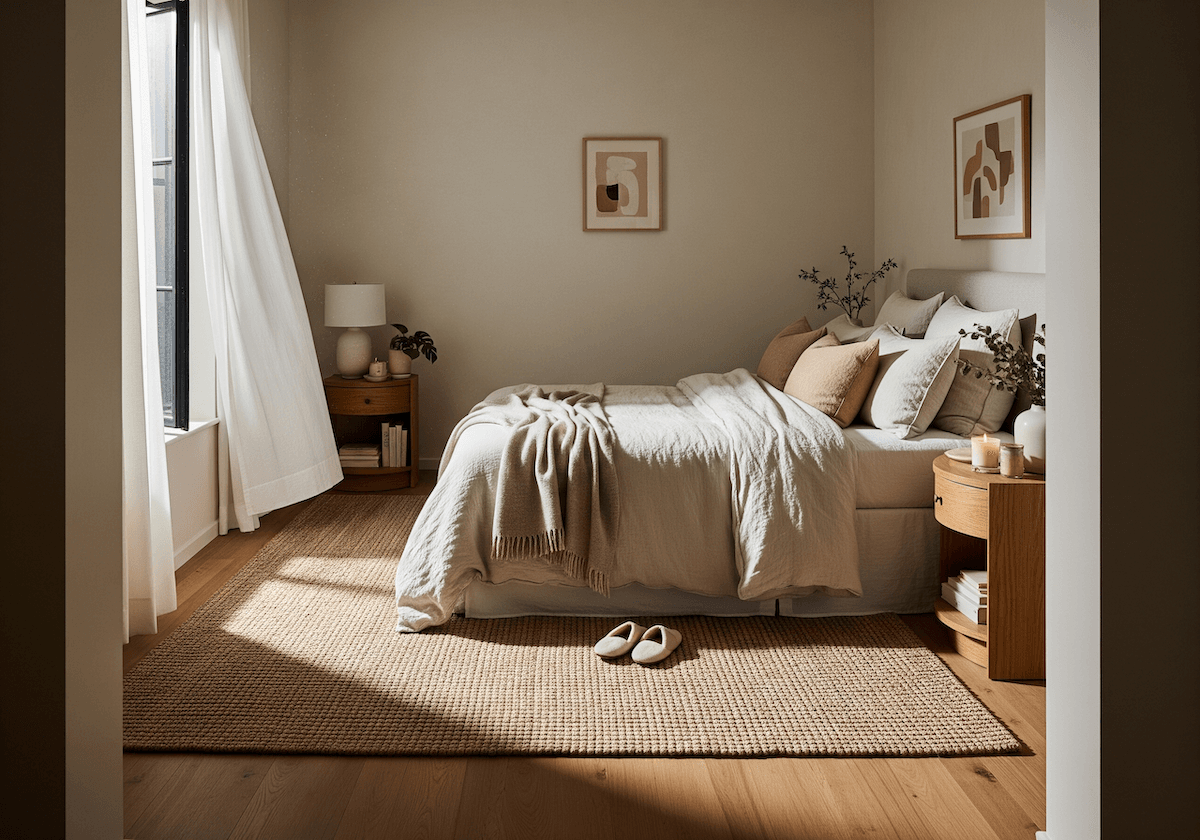

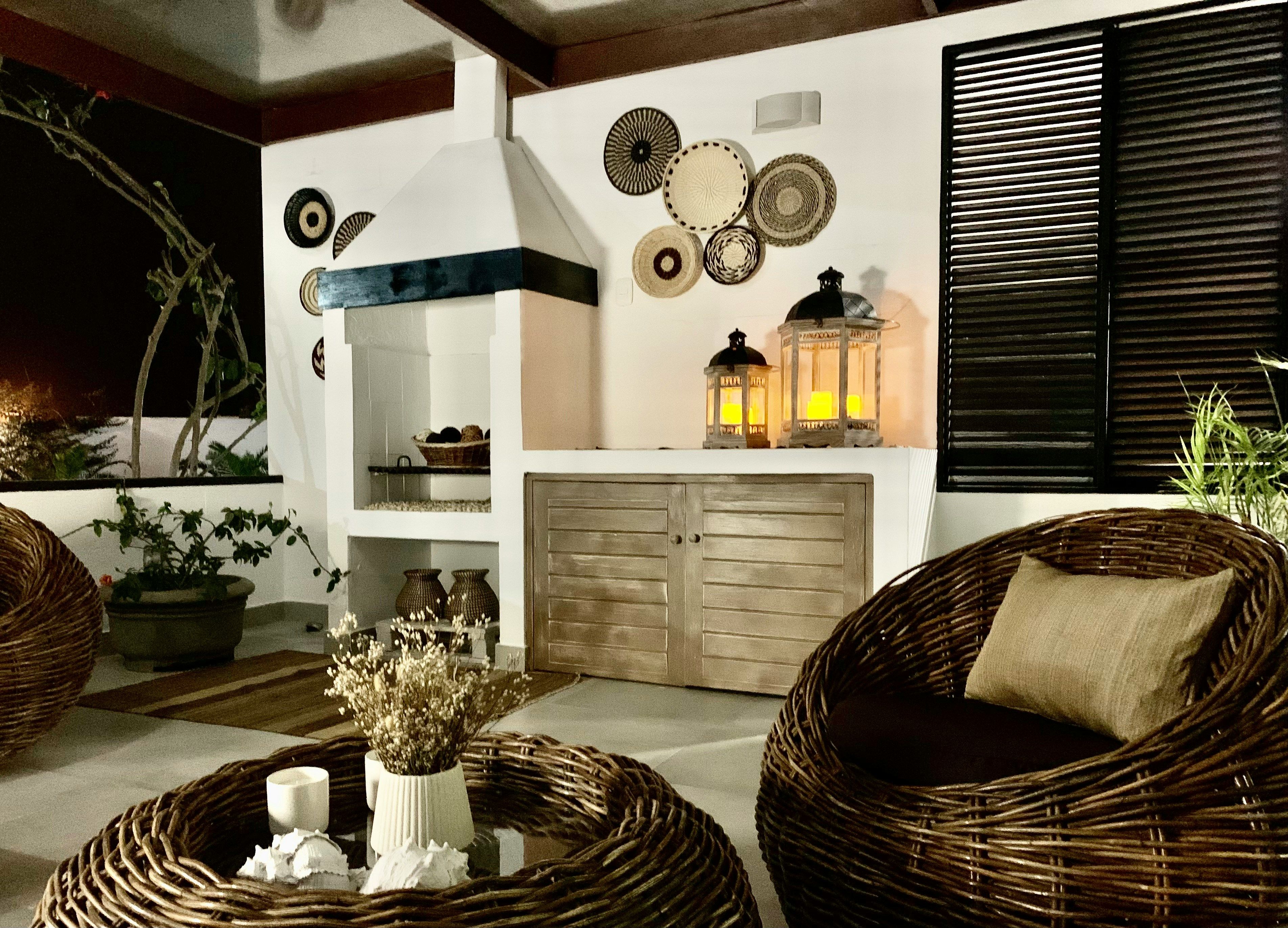


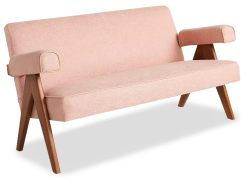

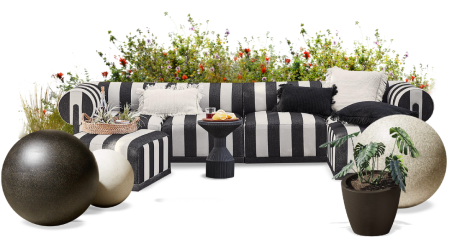
 20h left
20h left

